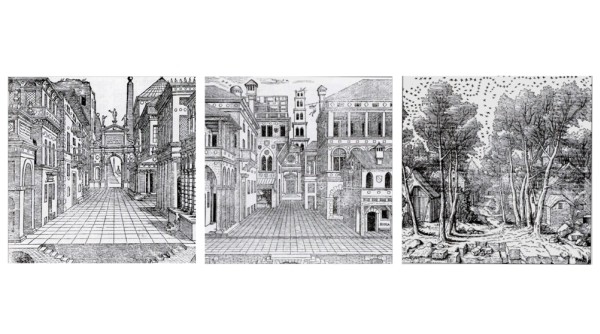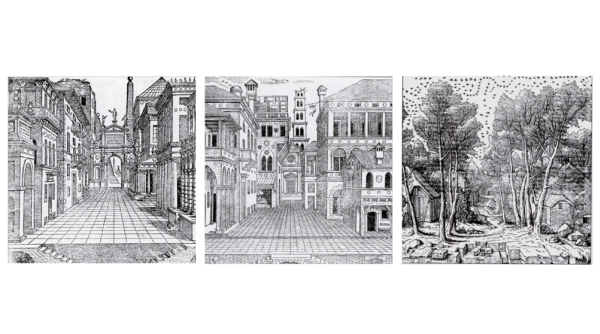Promenadology
The Poetry of Walking in Urbanism
Text: Tamás Meggyesi

There are a couple of natural symbols of basic significance that tend to re-occur in the worldview of every single culture. Such examples are the motifs of the sun, the hill, watr, the tree or the road. The special role of the symbols is especially manifested in the fact that by using them we do not actually mark or refer to something, but we are the one marked or referred to by them: we tend not to tie bonds with the world, but we are bonding with it from the very start.
Just like every symbol, the road also offers several layers of meaning. As it is not only the course of making advance and progress in space, or that of changing positions, but also our way of life, our career in life, which we cover and travel whilst realizing ourselves. We can also refer to it as a journey. But the same road is also a venue of social communication and traffic: this is what we call a street. Streets are fabrics made up of organised edifices. The map which is a two-dimensional translation of this however, leads us back to the world of symbols with its tracery: as it appears to actually mean something. The study below examines this meaning, or, to be more precise, the road or way is about the existential, social, morphological and mapping layers of meanings as well as about the poetry of their overlappings. Walking the streets is an experience resembling a piece of music of several parts which can be fully enjoyed only during the concert as it evolves in time. The street is not an open channel, in which vehicles and people flow, but a live pulsating space in progress, which divides into sections, such as acts and event spaces. This is why promenadology is also referred to as sequential spectacle analysis.





